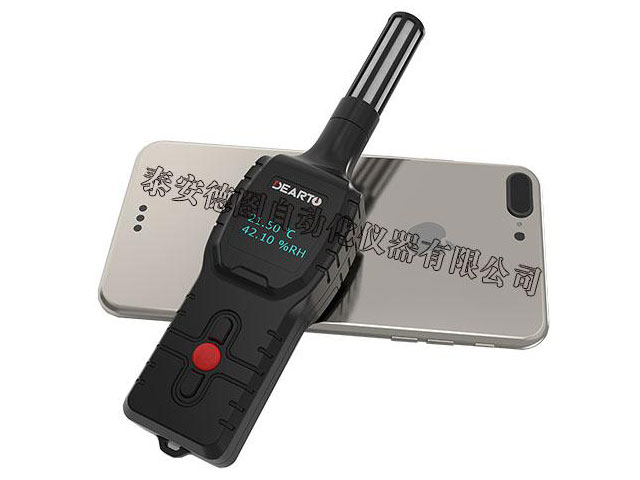
Characteristics and selection precautions of temperature and humidity inspection instrument. The temperature and humidity inspection instrument is a distributed control system composed of intelligent instruments and a host computer. It has the characteristics of centralized management and decentralized control. The extension is installed at the scene, and the measurement control is carried out nearby. With the imported digital temperature sensor, it can achieve high measurement accuracy without correction. Flexible configuration and personalized design. The computer is placed in the office, and the temperature can be collected in real time, and the historical records saved by the host can also be downloaded, stored in the database, and the natural history curve. At the same time, different types of control systems can be designed according to the needs of different reservoir areas.
Because of its multi-channel, remote signaling and telemetry functions, the temperature and humidity inspection instrument is applied to the comprehensive automation transformation of the pumping station. To ensure normal and reliable operation, the operating environment should be considered in the design and construction.
Features of temperature and humidity inspection instrument:
The input types of temperature inspection instrument include platinum resistance, thermocouple, DC mV, DC voltage and DC current. It is suitable for the system that needs multi-point patrol detection, it can patrol detect 8 to 16 measurement signals, each channel can input different index number at the same time, adopt jumper-free technology, only need to set the internal parameters of the instrument, you can switch the instrument from One input signal is changed to another input signal. You can choose single channel input for unified alarm control output or single channel input for independent alarm control output. The unified alarm control output of the channel can select the alarm memory (that is, it will continue to alarm to all channels when the alarm of any channel is not released) or the alarm without memory, that is, the alarm will be output when it is patrolled to the faulty channel, and it will not be alarmed when it is patrolled to the faultless channel.
Notes on the selection of temperature and humidity inspection instrument:
(1) In order to reduce the measurement error caused by the long input line, the instrument is installed in the temperature measurement screen of the second floor platform of the main plant. Since the unit will generate a strong magnetic field during operation, in order to reduce electromagnetic interference, reliability should be selected The instrument with high anti-interference ability.
(2) The instrument is mainly used to monitor the operating temperature of the unit. The number of channels of the instrument should be determined according to the points of the monitored temperature, and a reserve channel should be appropriately reserved.
(3) The range and measurement accuracy of the meter should meet the requirements of on-site monitoring and have a temperature compensation function.
(4) The meter should be able to support multi-machine communication, with standard serial two-way communication function, and can communicate with the background machine to achieve remote signaling and telemetry functions.





 Tel
Tel
 Product
Product
 Contact
Contact
 Home
Home